Ravioli has been blessing the lives of those who taste it for centuries. These thin pockets of pasta, filled with cheese, vegetables or meat, are popular with tomato or cream sauces and can be baked, fried, or boiled.
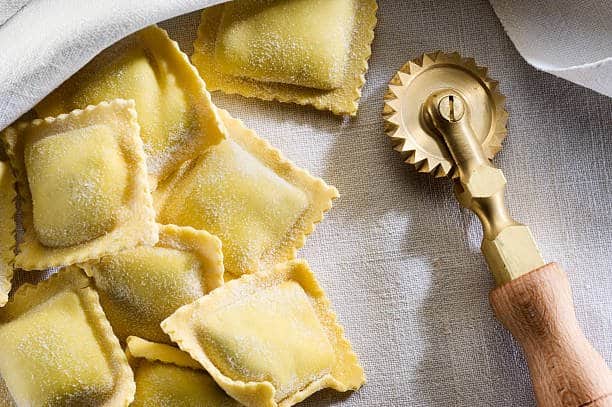
If you have ever taken the time to make ravioli at home, carefully stuffing each dumpling and sealing each edge, only to have it split open during boiling, you may be searching for a remedy. Never fear! I’ve got all the tips and tricks you need to keep your ravioli intact and ensure it is cooked to perfection.
First, let’s take a closer look at this Italian cuisine…
Origin of Ravioli
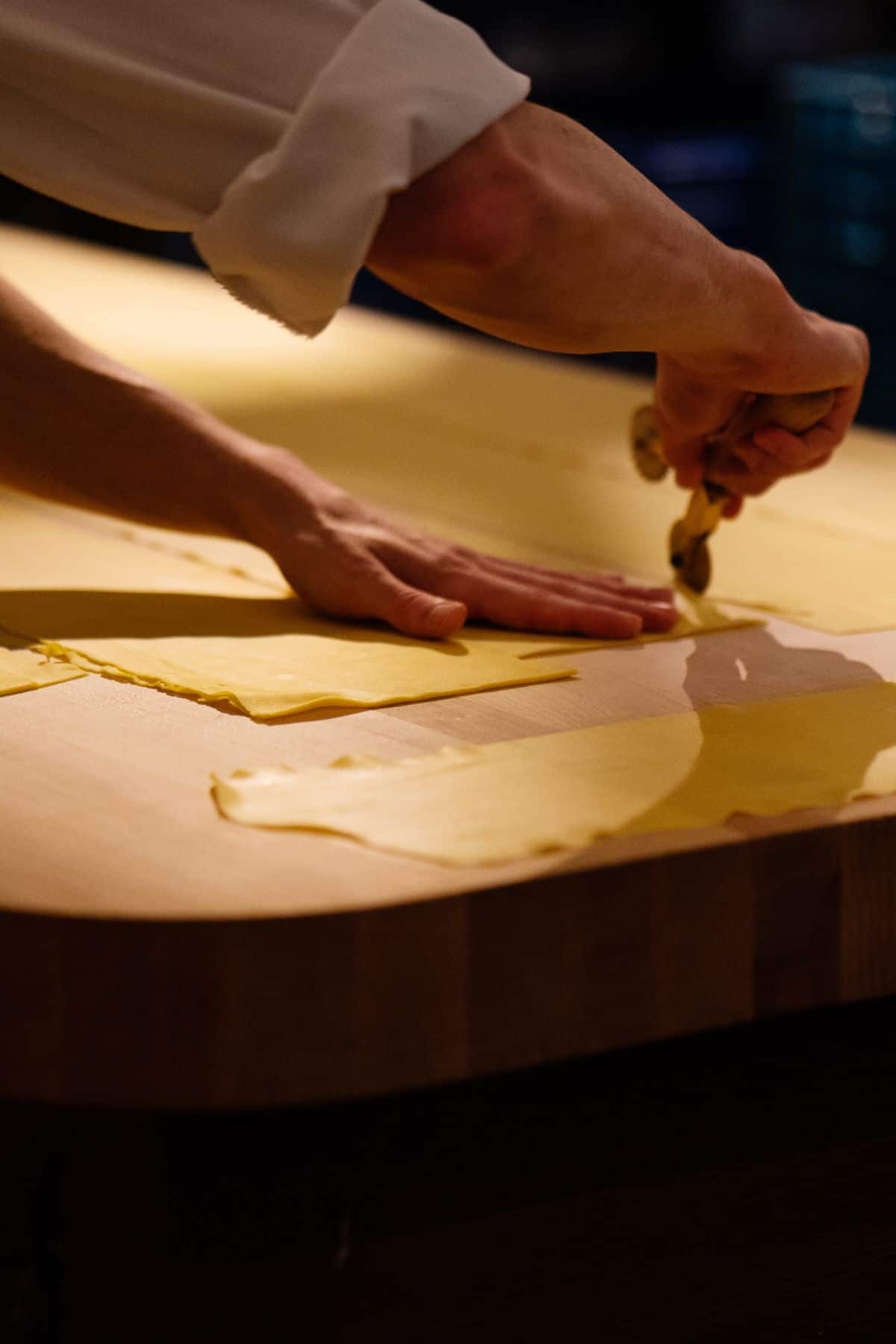
Ravioli dates back to the 14th century in Italy. The word “ravioli” comes from the Italian word riavvolgere which means “to wrap.”
Ravioli were originally stuffed with a mixture of herbs, cheese and eggs and served in broth to wealthy aristocrats. Ravioli was not served in tomato sauce until the 16th century. This Ravioli Filling recipe is still easy to make today but not reserved for aristocrats.
Eventually the recipe trickled down to the lower classes and became an important part of holiday celebrations as a main dish or an appetizer. Like other dumpling recipes in cultures around the world, ravioli is often prepared as a family, from memory, with stuffing that is favored by the maker. You can be sure a hearty Italian Ravioli recipe is placed on the table regularly.
The stuffing inside ravioli varies from one region to another and one home to another but usually includes ricotta mixed with other cheeses, herbs, spinach, meat, mushrooms or even pumpkin.
Ravioli was first made as squares but over time it has been made into different shapes as well like circles or half circles.
Chef Boyardee made ravioli popular in America in the 1930s, mass producing the dish in a tomato sauce.
How is Ravioli Made?
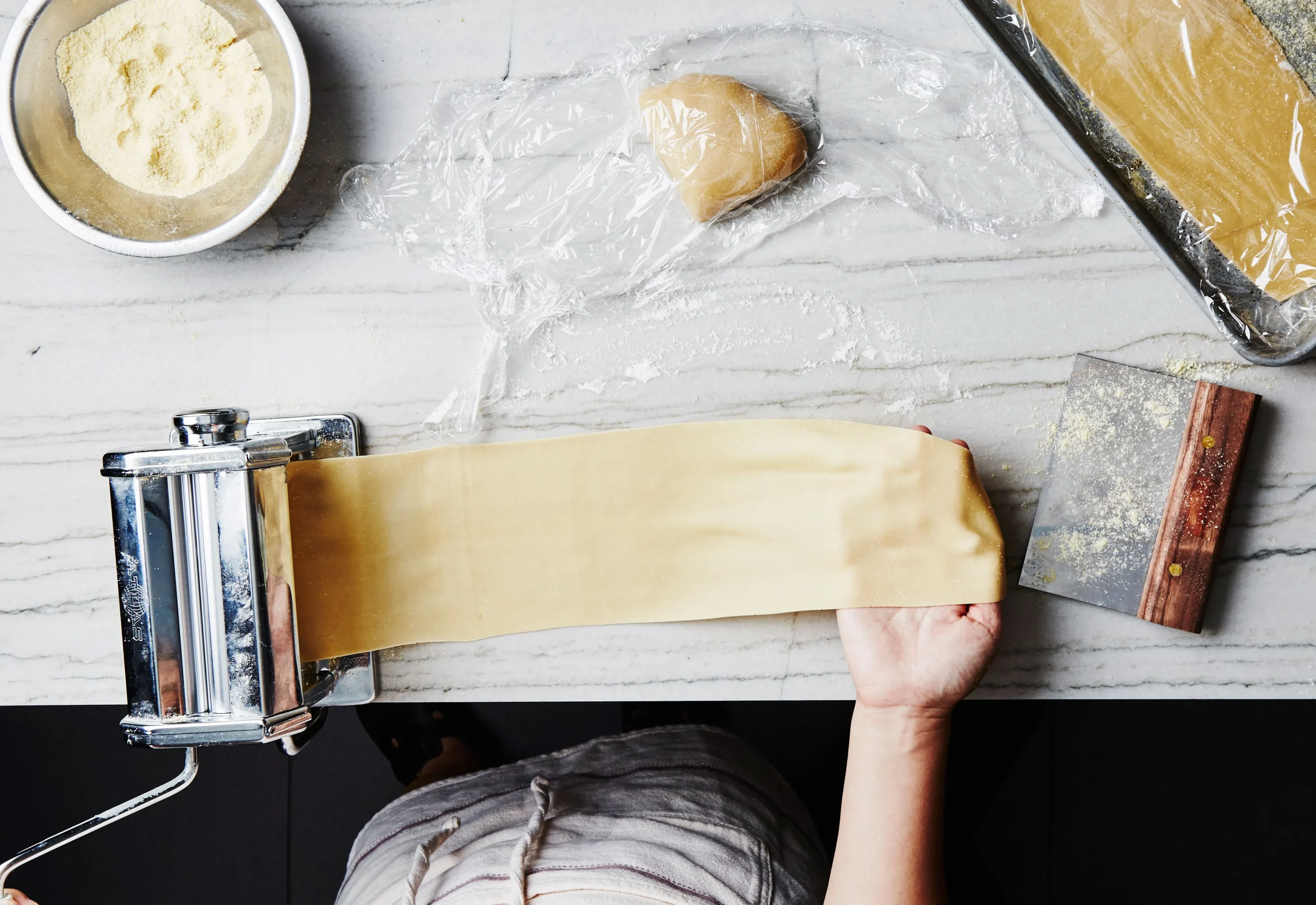
Ravioli is made by taking large sheets of a basic pasta dough, rolling the dough very thin through a pasta machine or with a rolling pin. Most families who make ravioli at home will place the thin dough over a mold that makes placing dabs of filling on top of the pasta dough with even spacing much easier.
Once all the filling is placed on the pasta, another sheet of pasta is placed on top and carefully pressed to remove any air bubbles. A pasta cutter separates the dumplings and seals the edges of the pasta sheets to keep the filling inside.
The process must be done quickly to keep the dough from drying out. Dry dough will crack easily during the cooking process, so most chefs will keep the uncooked ravioli in a damp paper towel or under some plastic wrap until it is time to cook.
Once prepared, the raw ravioli is put in a pot of boiling water for cooking until al dente–usually about 1-2 minutes is all it takes. This is where many people run into issues.
Cook the pasta too quickly and the pockets will break. Cook it too long and the pasta will become mushy. Cook too little and the pasta will be too dense.
Today you can find ravioli fresh or frozen at most grocery stores, which makes it easy to prepare for a quick pasta dinner with your favorite homemade marinara sauce. You could even open a can of Chef Boyardee if you want (but I don’t recommend it).
There’s no need to feel intimidated at the thought of making ravioli at home. The process is fairly simple and by making the ravioli at home you have complete control over the type of filling and the amount.
Whether you decide to use homemade ravioli, fresh or frozen, cooking it is easy when you follow some simple tips.
How Long to Boil Ravioli
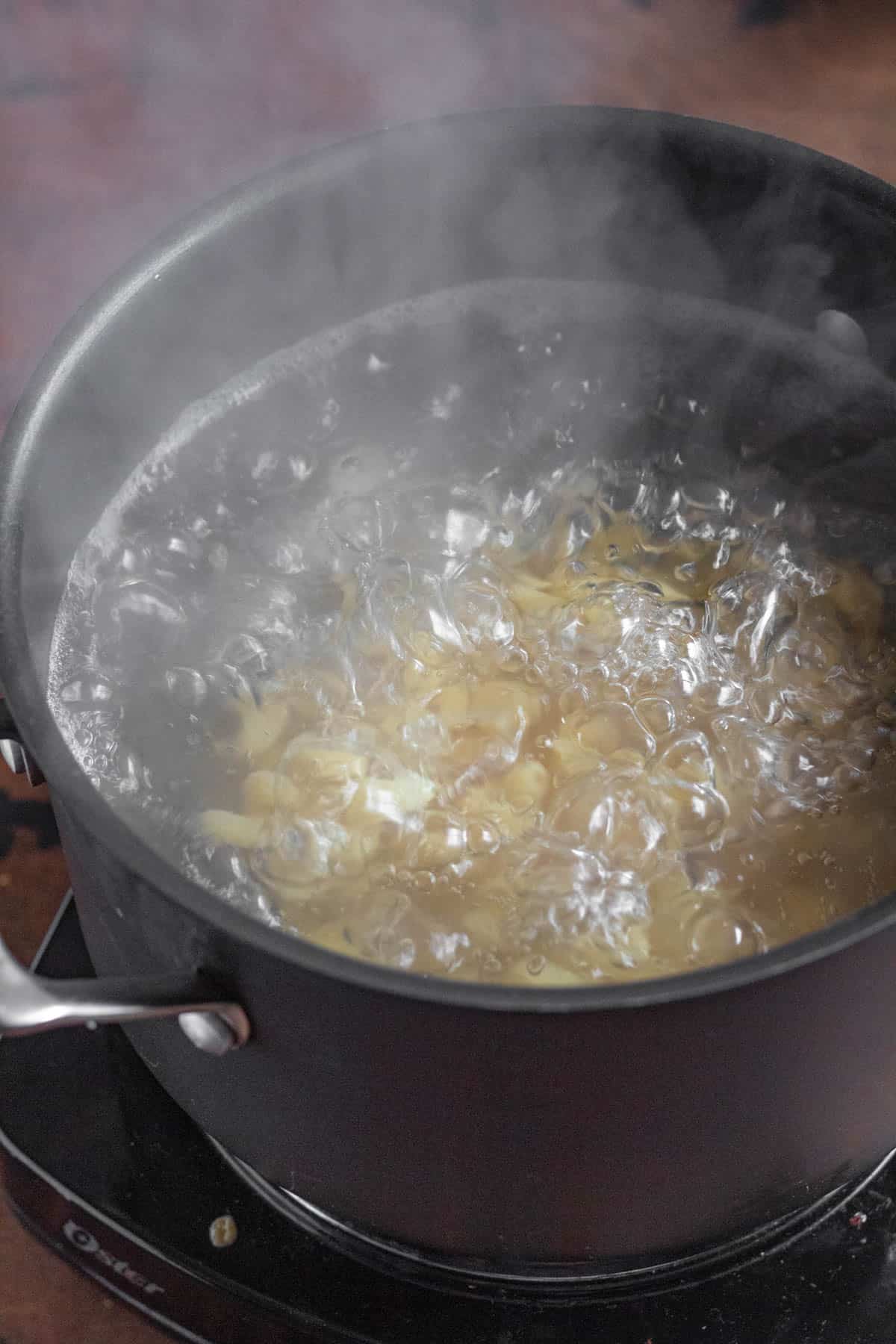
If you are cooking fresh or homemade ravioli, the pasta typically needs to boil for just 4-6 minutes or even less.
You should let your water boil before adding the ravioli in, but you also need to be careful that the temperature of the water is not too hot. Water that is too hot will cause your ravioli to pop open. The water should be at a gentle simmer rather than a rolling boil.
You should also avoid stirring your ravioli too frequently while it is cooking. Your stirring may cause the pasta to pop open.
If you are using frozen ravioli, just follow the boiling instructions on the package. They usually need just a few more minutes of cooking time than fresh ravioli.
How to Tell When Your Ravioli is Ready
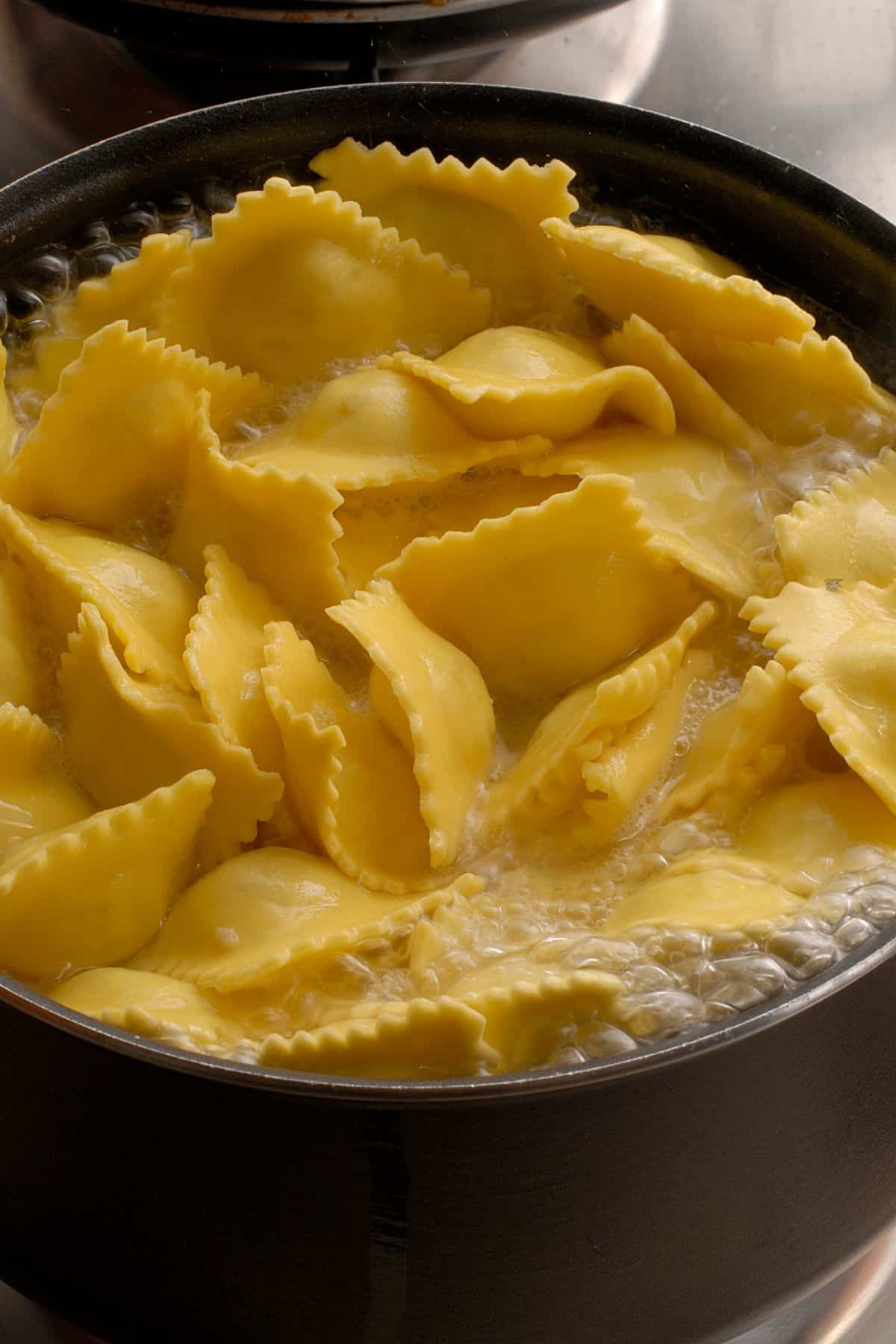
If you are boiling your ravioli, an easy way to know it is done is when it begins to float to the top of the water. As the ravioli pops up to the surface, remove it with a slotted spoon. Cooked ravioli is less dense than water so as the ravioli is cooked, its density decreases.
You can also test the readiness of your pasta by taking one piece out and taking a small bite of the corner to test the texture.
FAQs
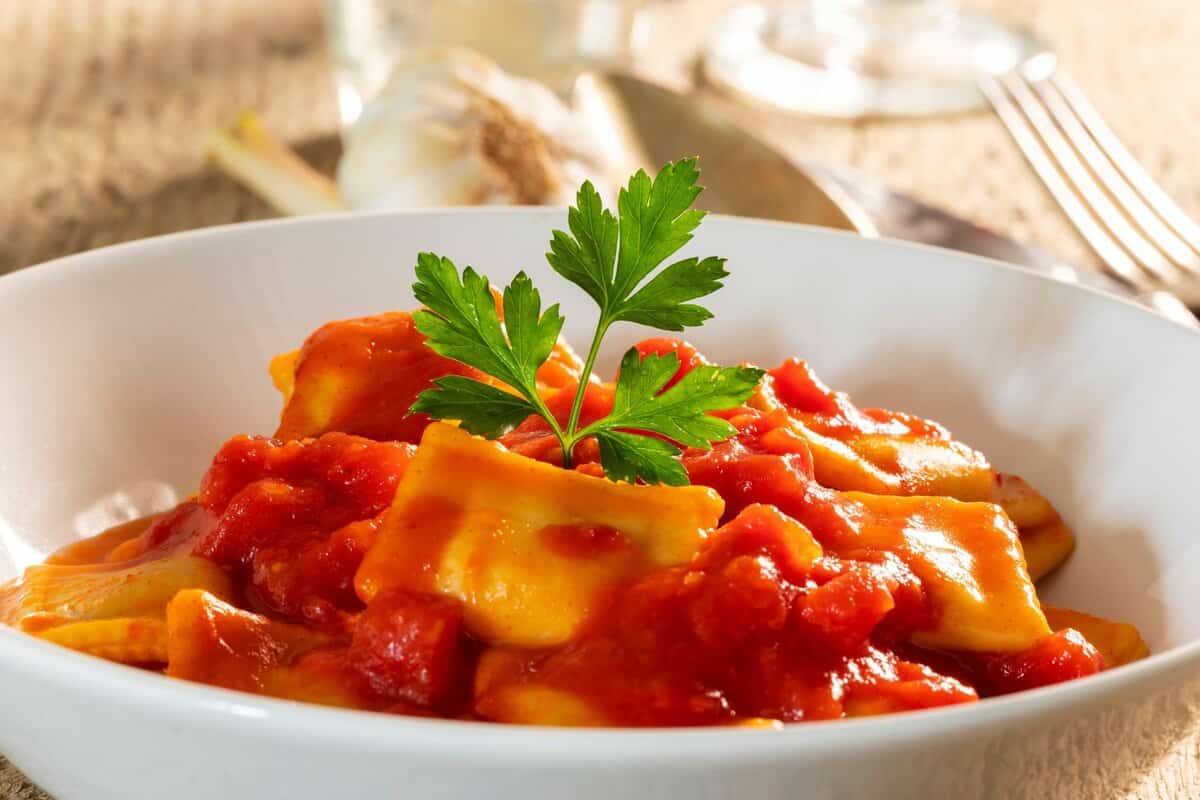
It’s actually a good idea to not rinse your ravioli. The starch in your pasta water helps your sauce adhere to the pasta, so keeping just a little bit of pasta water will help your noodles soak up the sauce.
Boiling is just one way to cook ravioli. You could also bake it with sauce or even fry it if you want. Whatever method you choose, you should cook ravioli and not eat it raw. Pasta dough is sometimes made with eggs which can make you sick when eaten raw.
If your ravioli is constantly breaking during the cooking process, try turning down the heat while you are boiling. Too many bubbles tossing the pasta around can easily make it break. You may also be breaking your pasta by stirring too much. Resist the urge to stir during the cooking process as much as possible.
You can stuff ravioli with anything you like. Traditionally it is stuffed with ricotta cheese and herbs like fresh parsley. You can make ravioli filled with parmesan cheese, mozzarella cheese, chicken, ground beef, even lobster or fish for lobster ravioli.
Fresh homemade ravioli is delicious with any sauce of your choice. Many recipes call for marinara sauce or alfredo sauce over the pasta dish. I like to serve pasta with French bread and garlic butter. A side of cooked vegetables would go well with the dish too.
If you boiled your homemade ravioli and have decided you cannot finish it all, you can save it. It should save well in an airtight container in the refrigerator for about three days. Make sure it has at least a thin layer of sauce or olive oil to keep the ravioli pasta from sticking together.
You can also freeze ravioli although I would not recommend re-freezing frozen ravioli that you have cooked. For the best results, place the ravioli in a single layer on a sheet of parchment paper and set them in the freezer until frozen. Place the frozen pieces into a ziploc bag or freezer-safe container to store for up to two months.





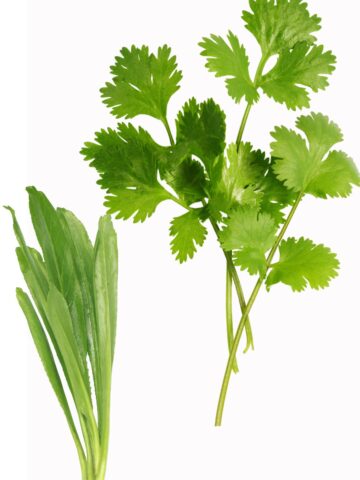

Leave a Reply